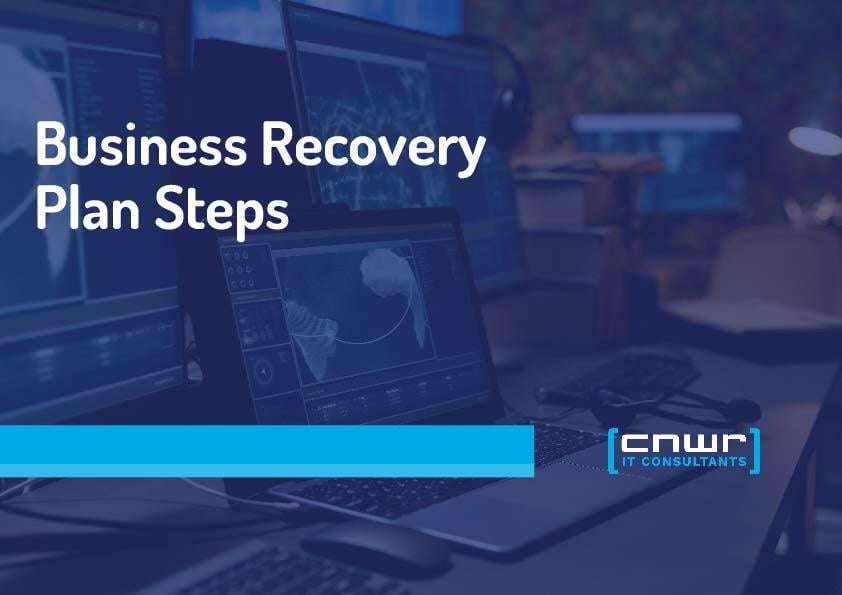Disasters are unpredictable, and their impact on businesses can be devastating. We want to stress the importance of disaster recovery planning and walk you through the five essential steps to build a solid foundation for your business continuity so you can swiftly get your business back on its feet if a disaster ever strikes.
Step 1: Perform In-depth Risk Assessments
Identify and prioritize your business's most significant risks. For each risk, acknowledge your weaknesses and the potential fallout of each emergency situation.
Your risk assessment should be comprehensive and include scenarios ranging from natural disasters, data loss, cyber-attacks, equipment failure, and cash flow issues. Prioritize each risk based on its potential impact on your business operations and build a recovery strategy accordingly.
Step 2: Identify Critical Functions and Create Recovery Plans for Each
Every business relies on certain critical functions for its survival. These are tasks or processes that, if interrupted, could lead to significant losses or even business failure. For example, if you operate a data center, your recovery plan might involve identifying an alternative location to house your equipment in an emergency.
The aim should be to ensure as little disruption as possible to your core operations. While you handle your challenges, use your disaster plan to ensure the problems don't spread to the other parts of your business.
Step 3: Define Emergency Roles
In an emergency, everyone in your company should know who does what. This prevents confusion and stress during a crisis and ensures your recovery plan is executed as smoothly as possible. Key roles such as the "Business Continuity Manager," who oversees the implementation of procedures and policies and maintains communication with stakeholders, should be clearly defined.
Step 4: Document Your Business Continuity Plan
The importance of documentation cannot be underestimated. Your Business Continuity Plan (BCP) should be detailed enough so that even an employee with no prior experience can put it into action. This should include, among others, procedures for contacting employees, information on backup locations and systems, and a naming convention for all documents. Make sure to store these documents in a safe location, separate from your primary business facilities.
Step 5: Test Your BCP Regularly
Testing is crucial to ensure your BCP is effective. It allows you to identify and correct any weaknesses in your plan. It also gives your employees a chance to practice their roles, ensuring they know exactly what to do when a real crisis hits. Regular testing is advisable, especially when your company goes through significant policy changes.
Having a solid disaster recovery plan not only helps your business to bounce back faster from a crisis but can also save you time and money by preventing potential business interruptions.
At CNWR, we believe every business should have a comprehensive disaster recovery plan in place to ensure smooth operations, even in the face of the worst disasters.


![[CTA] 5 Essential Steps Of Your Business Recovery Plan](https://cnwr.com/hs-fs/hubfs/%5BCTA%5D%205%20Essential%20Steps%20Of%20Your%20Business%20Recovery%20Plan.jpg?width=709&height=283&name=%5BCTA%5D%205%20Essential%20Steps%20Of%20Your%20Business%20Recovery%20Plan.jpg)


